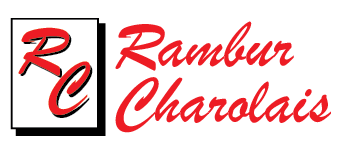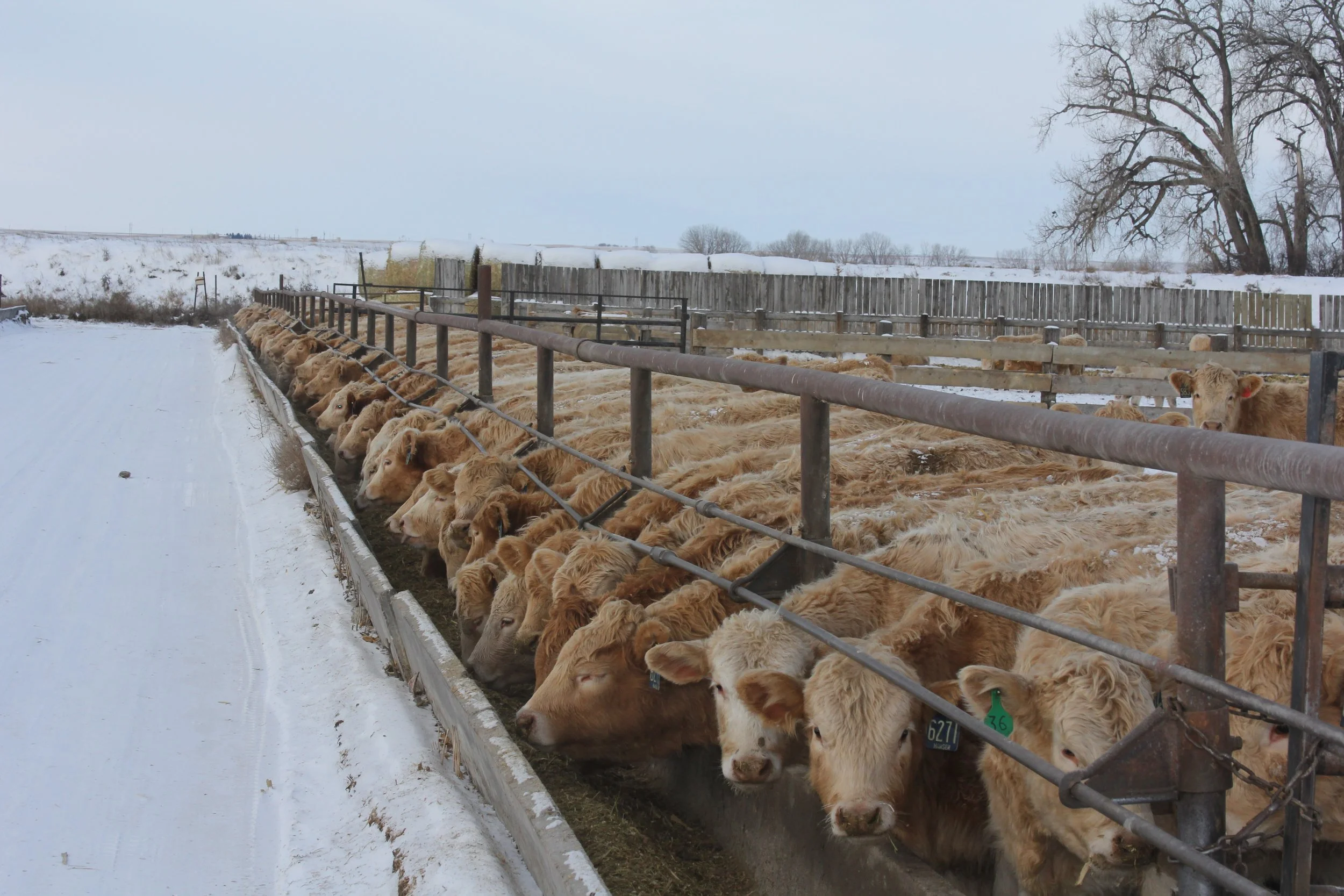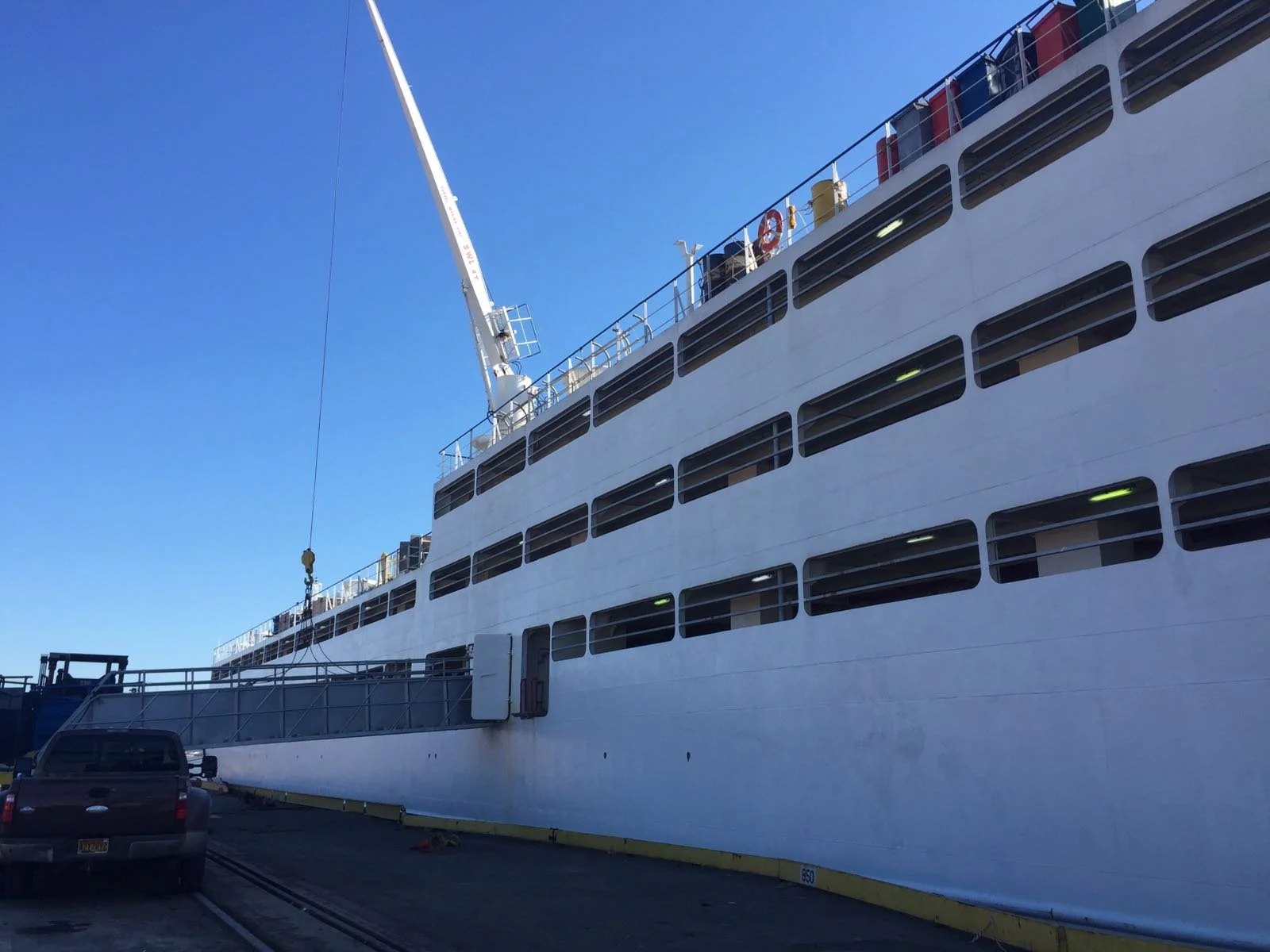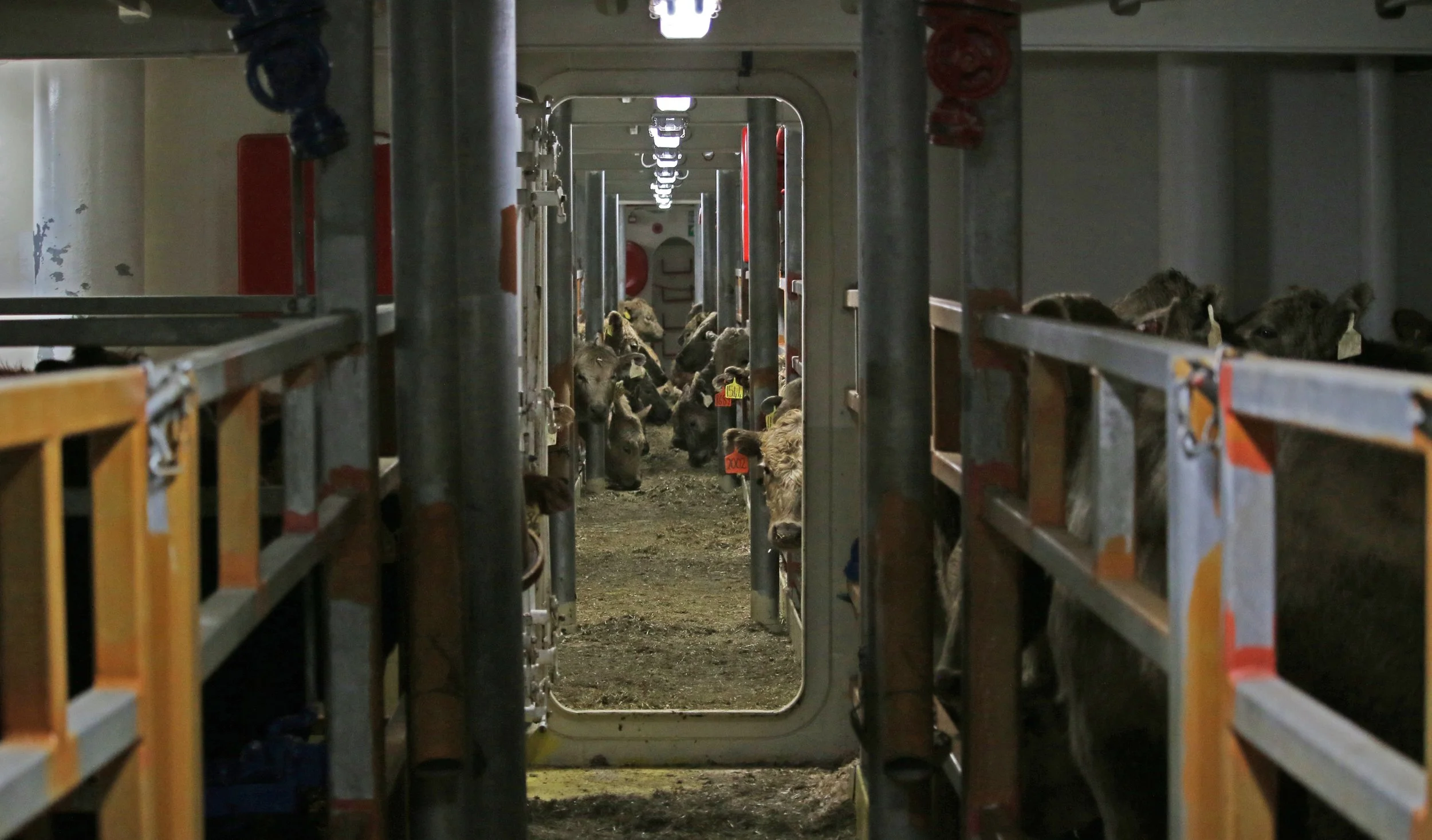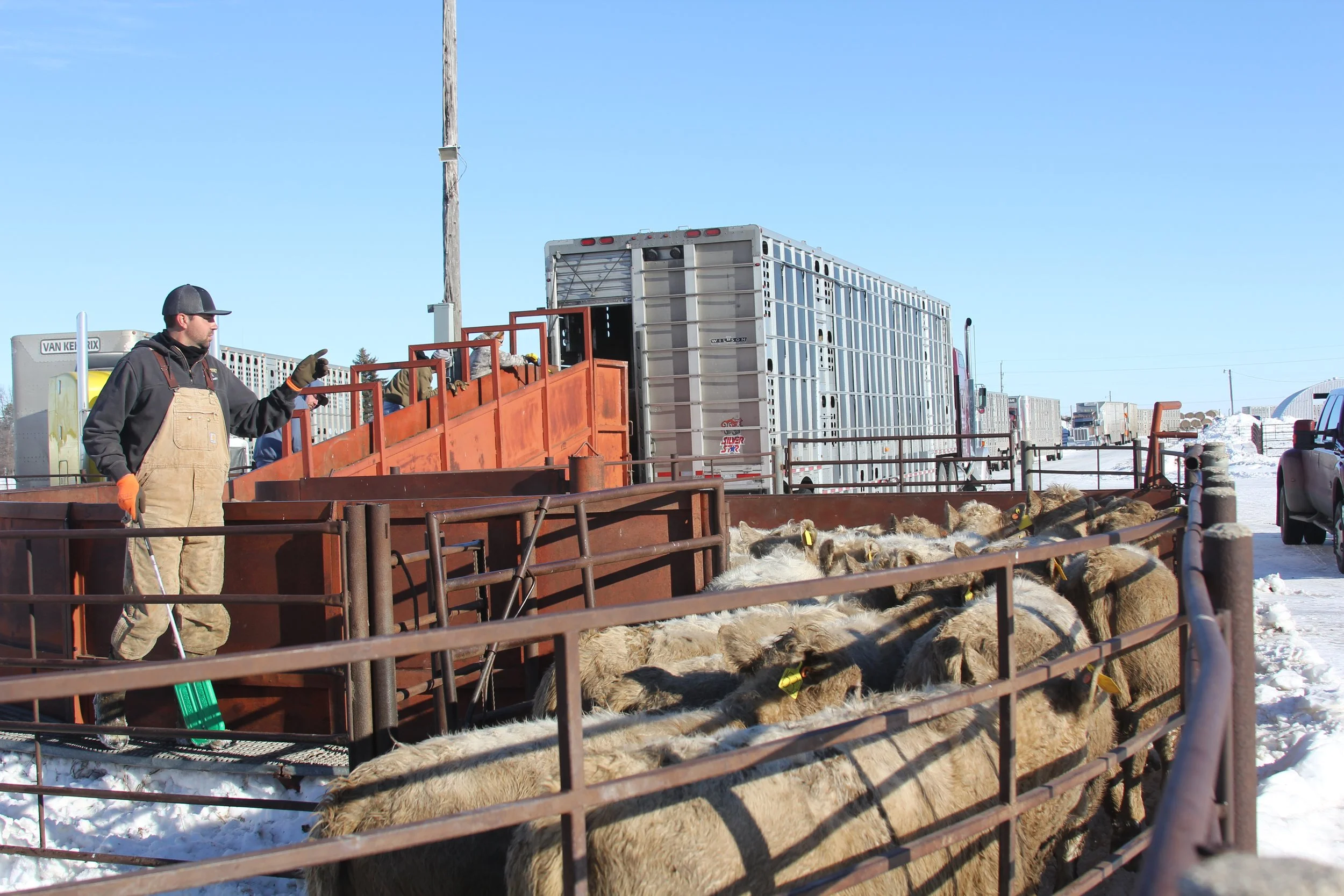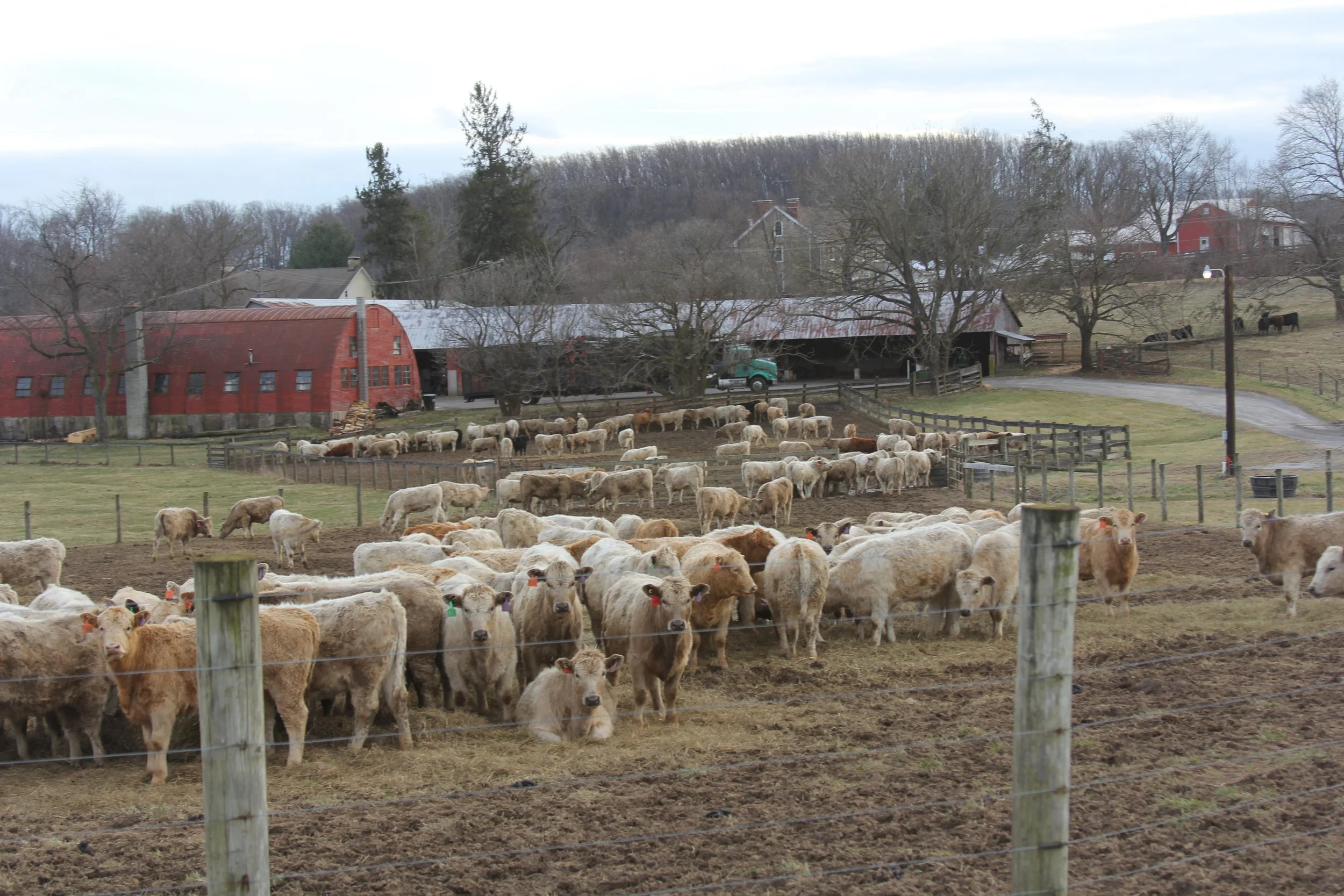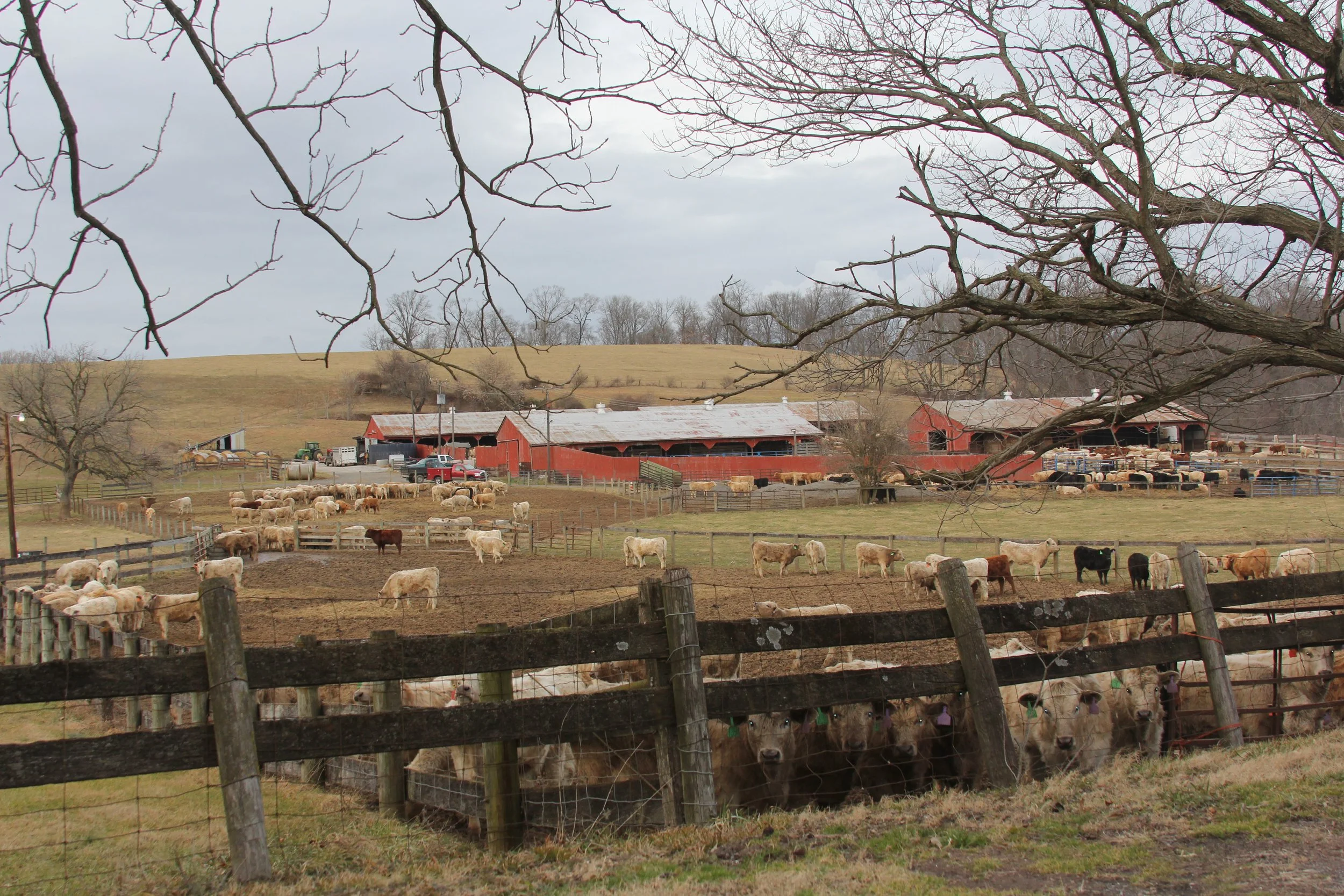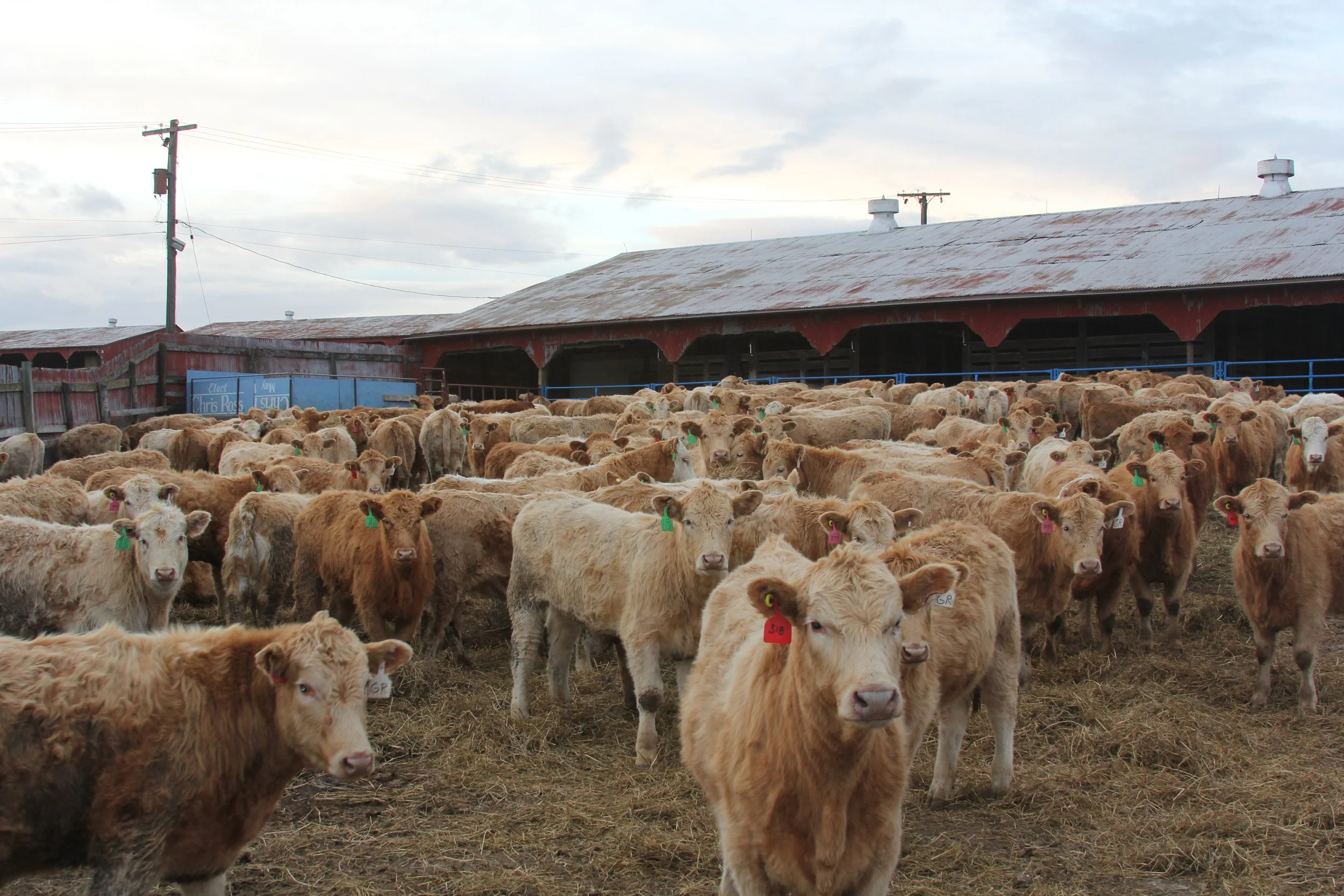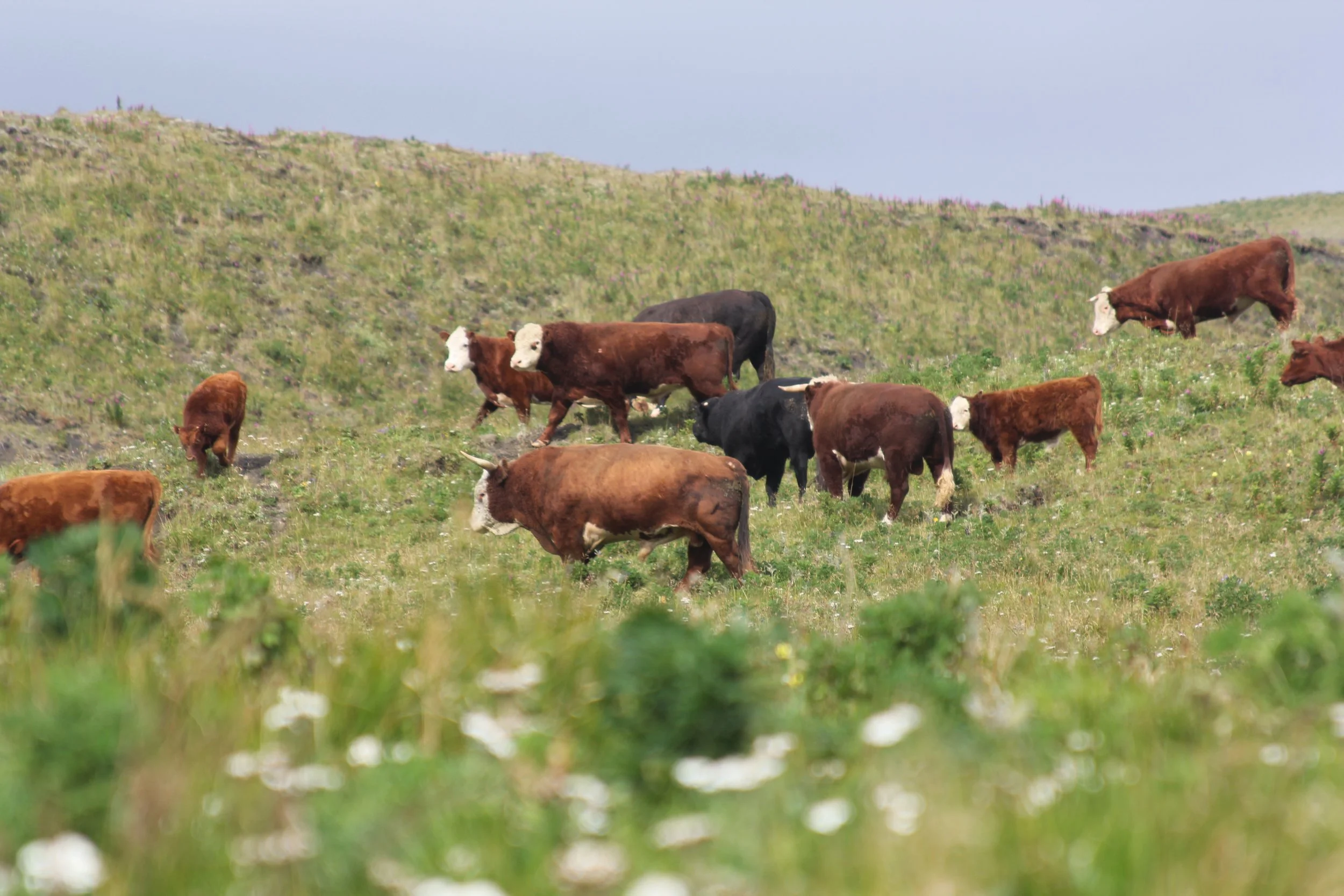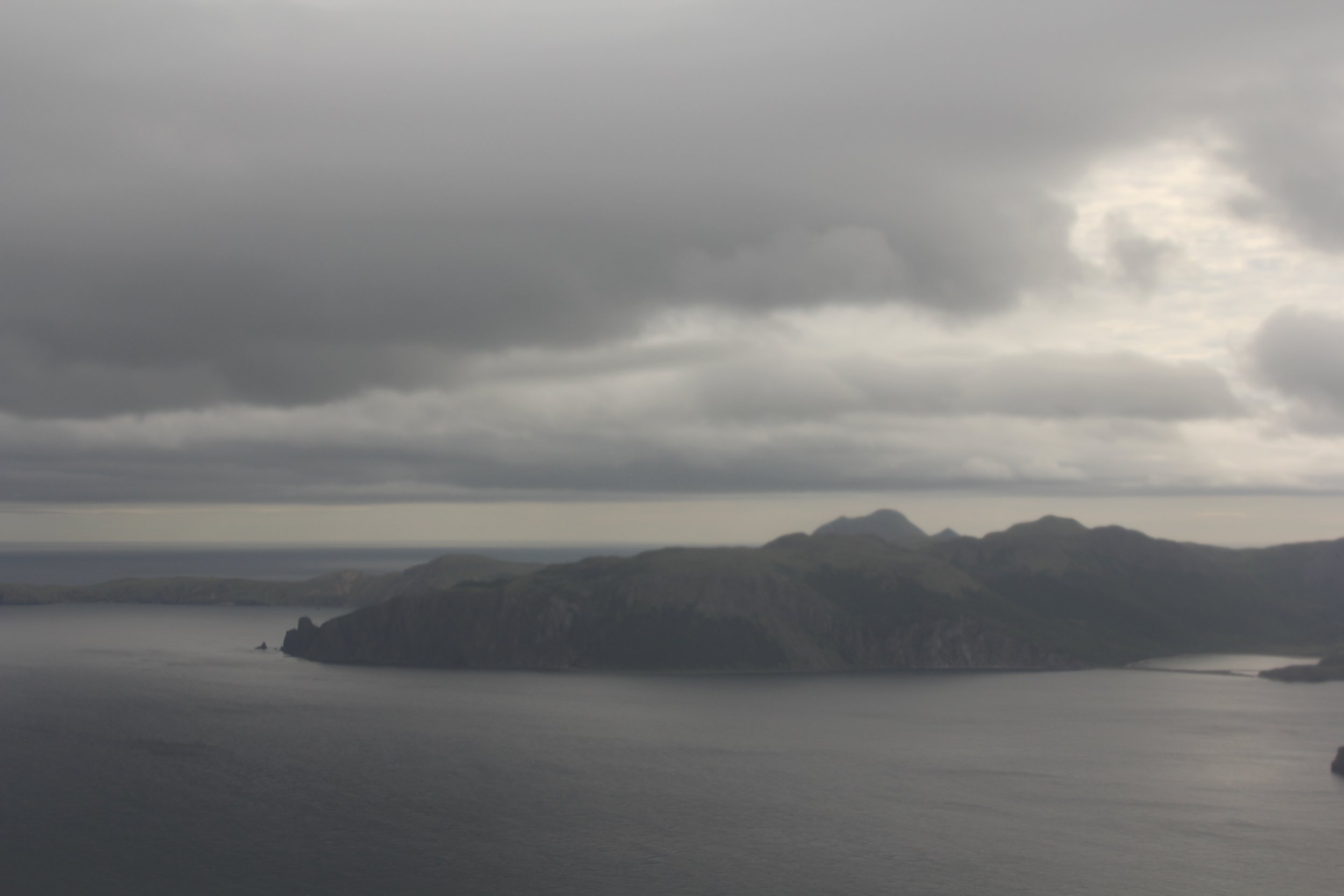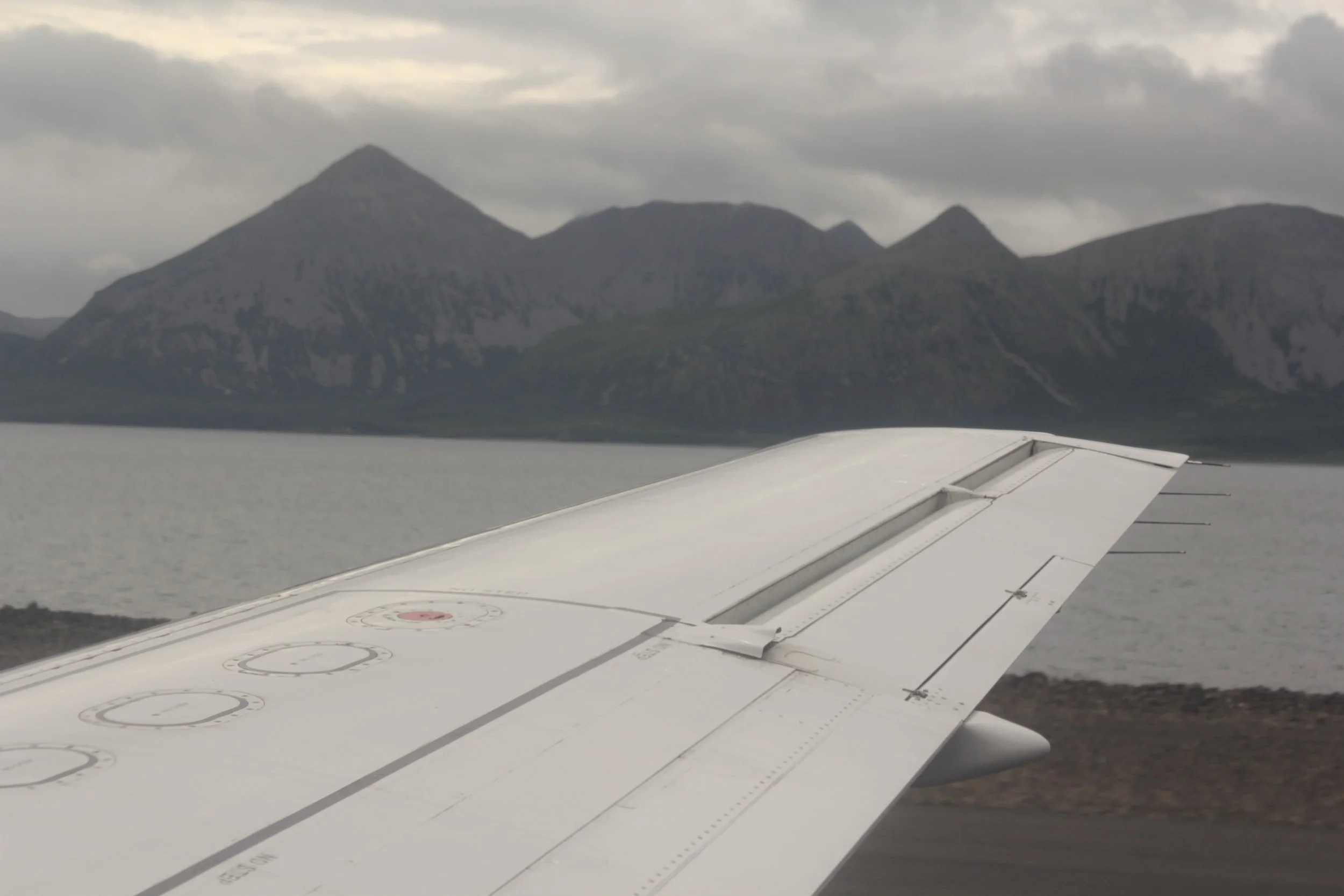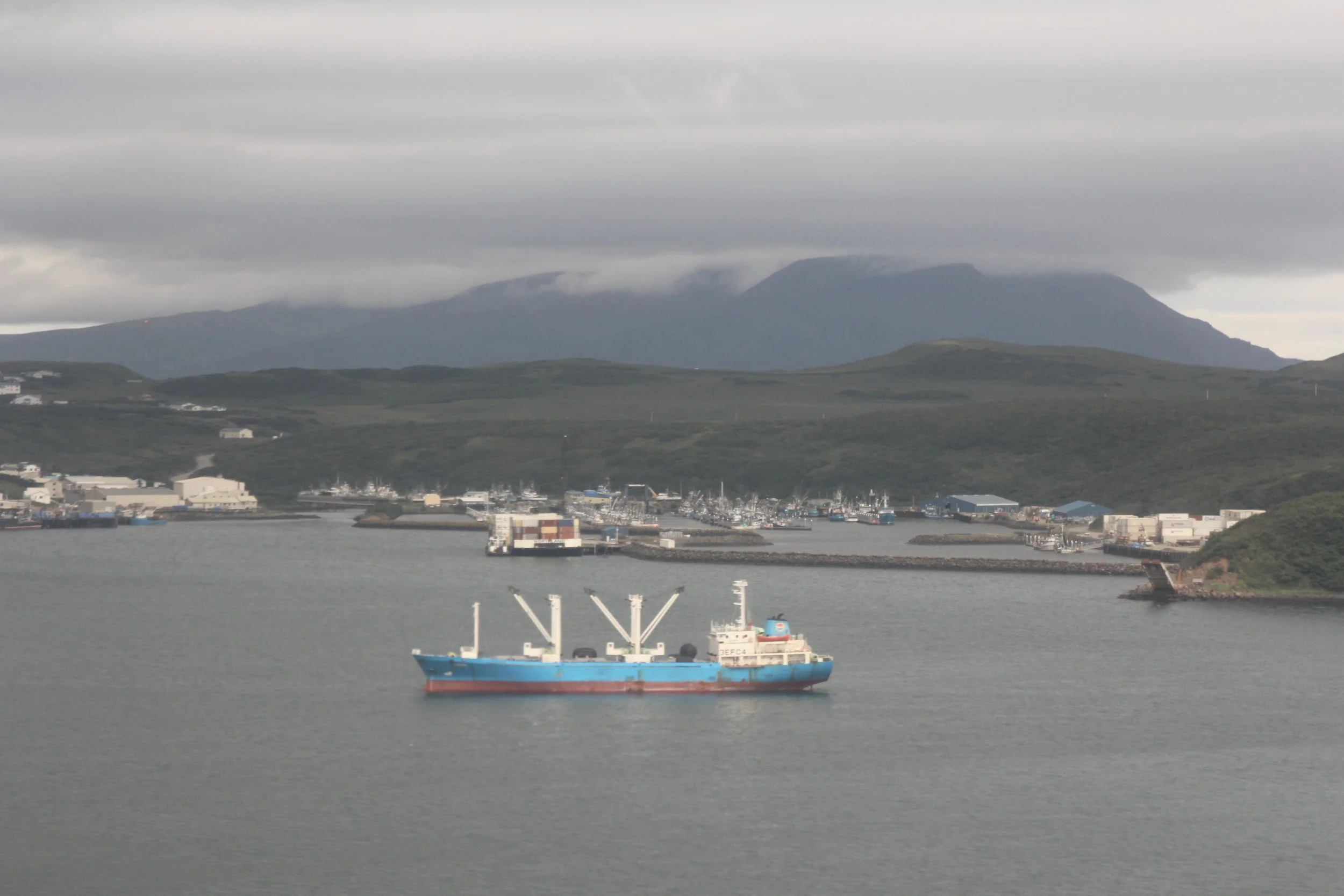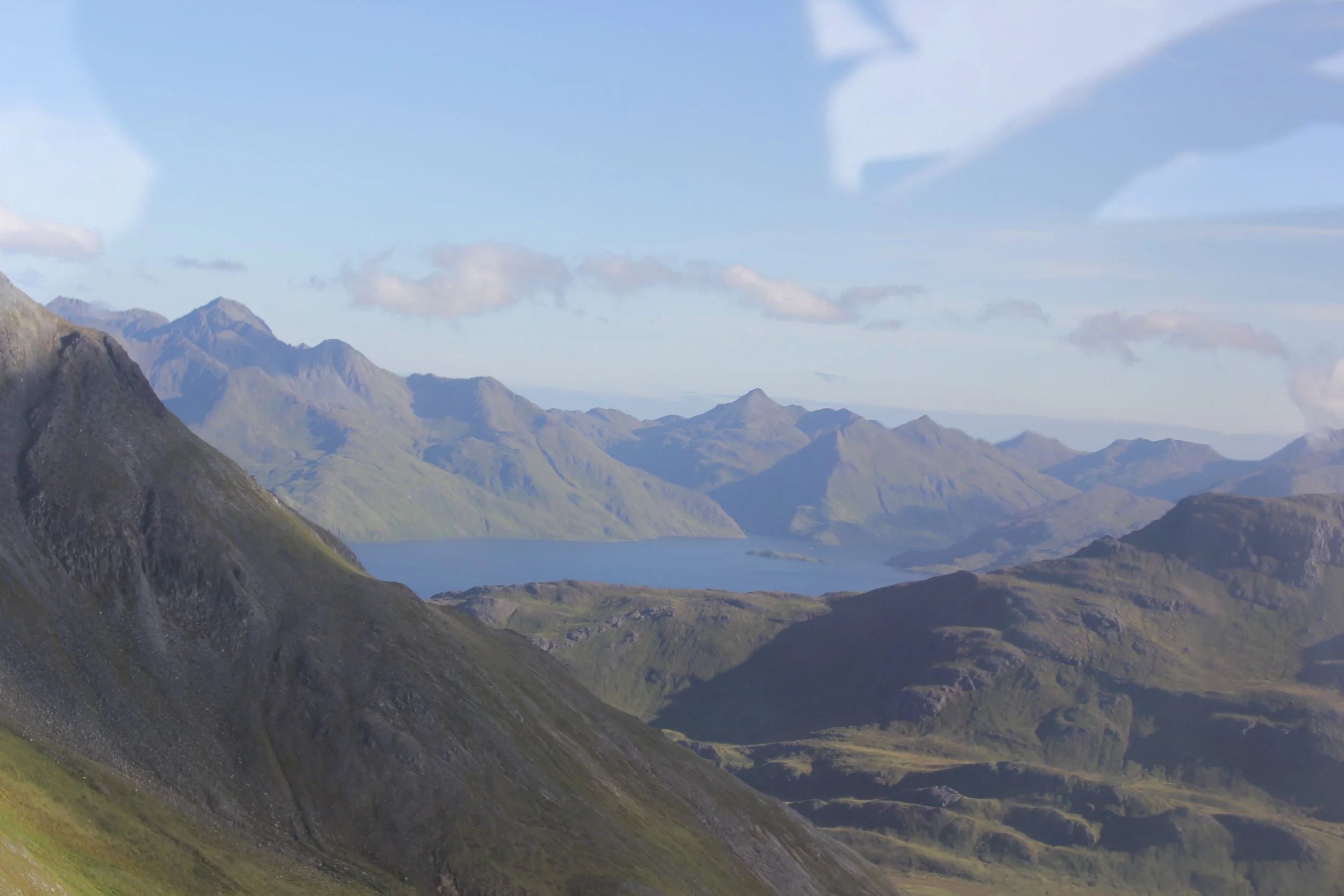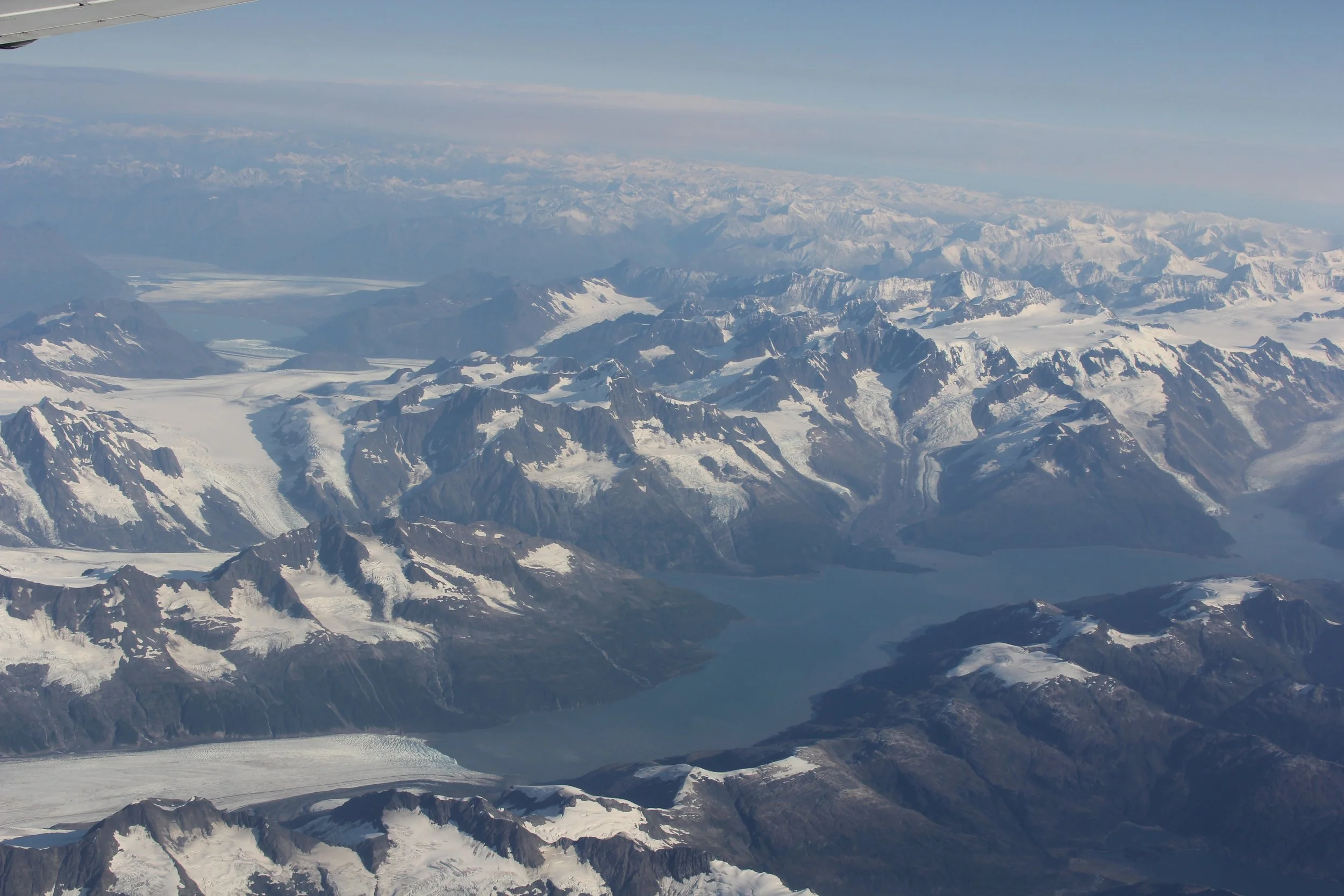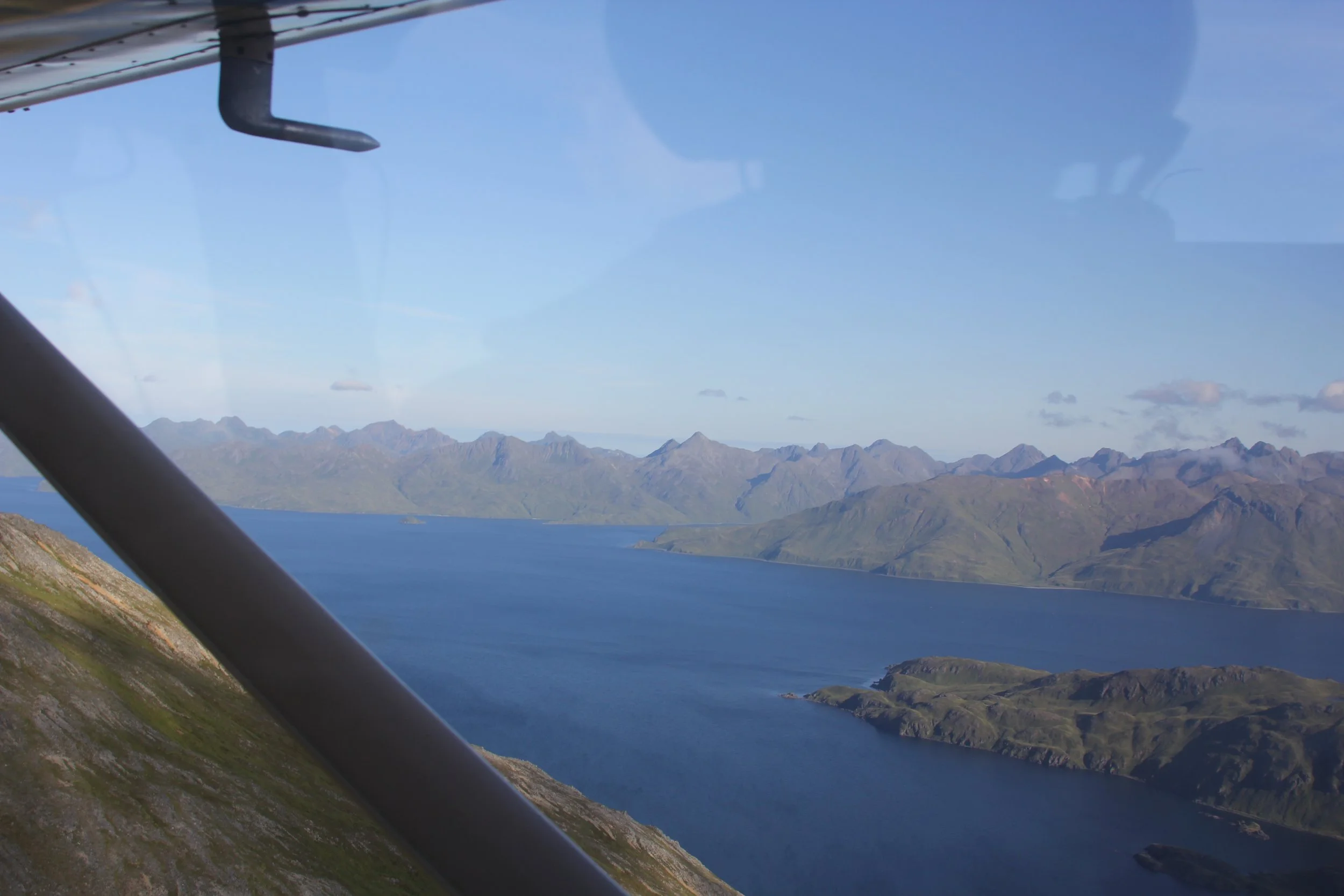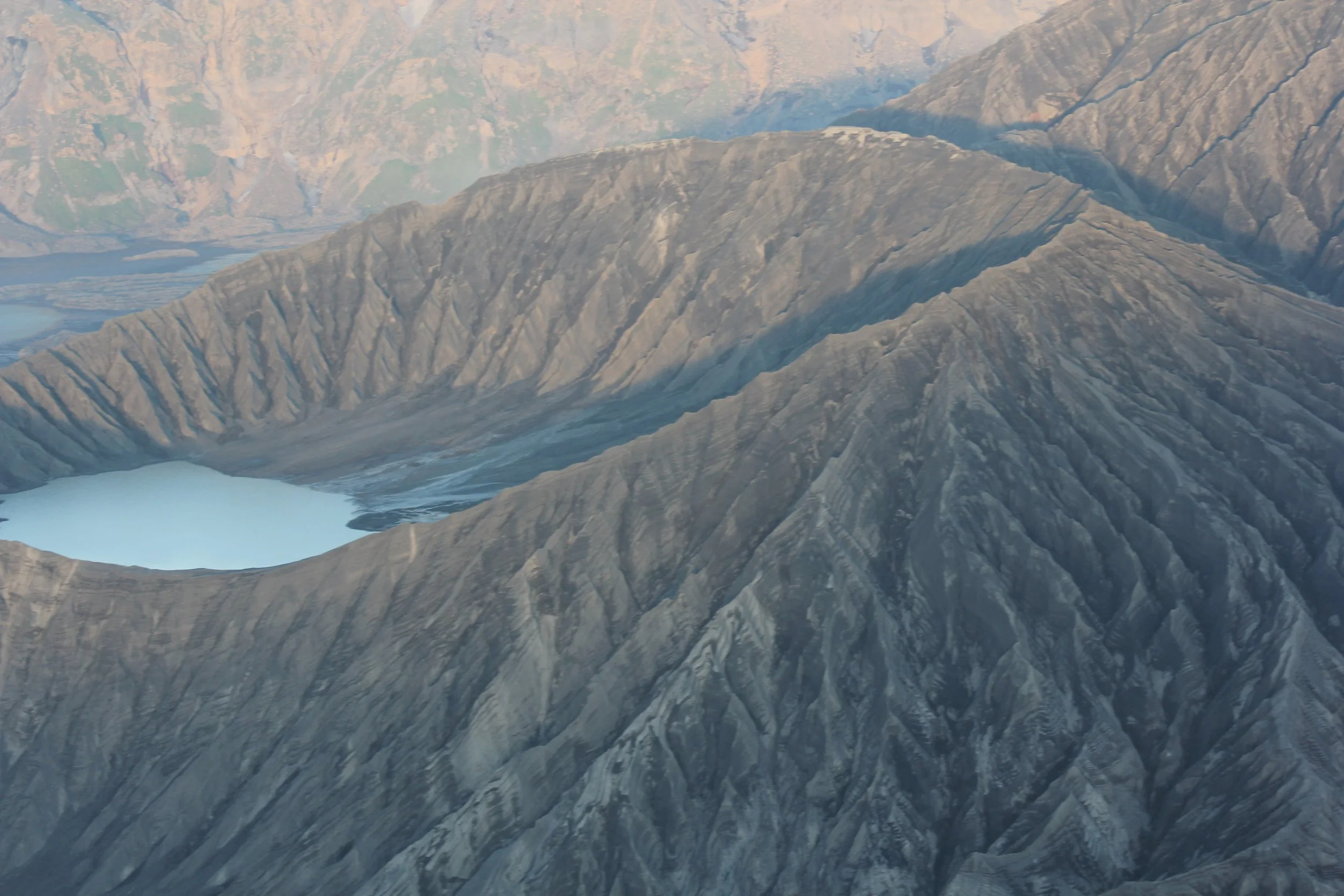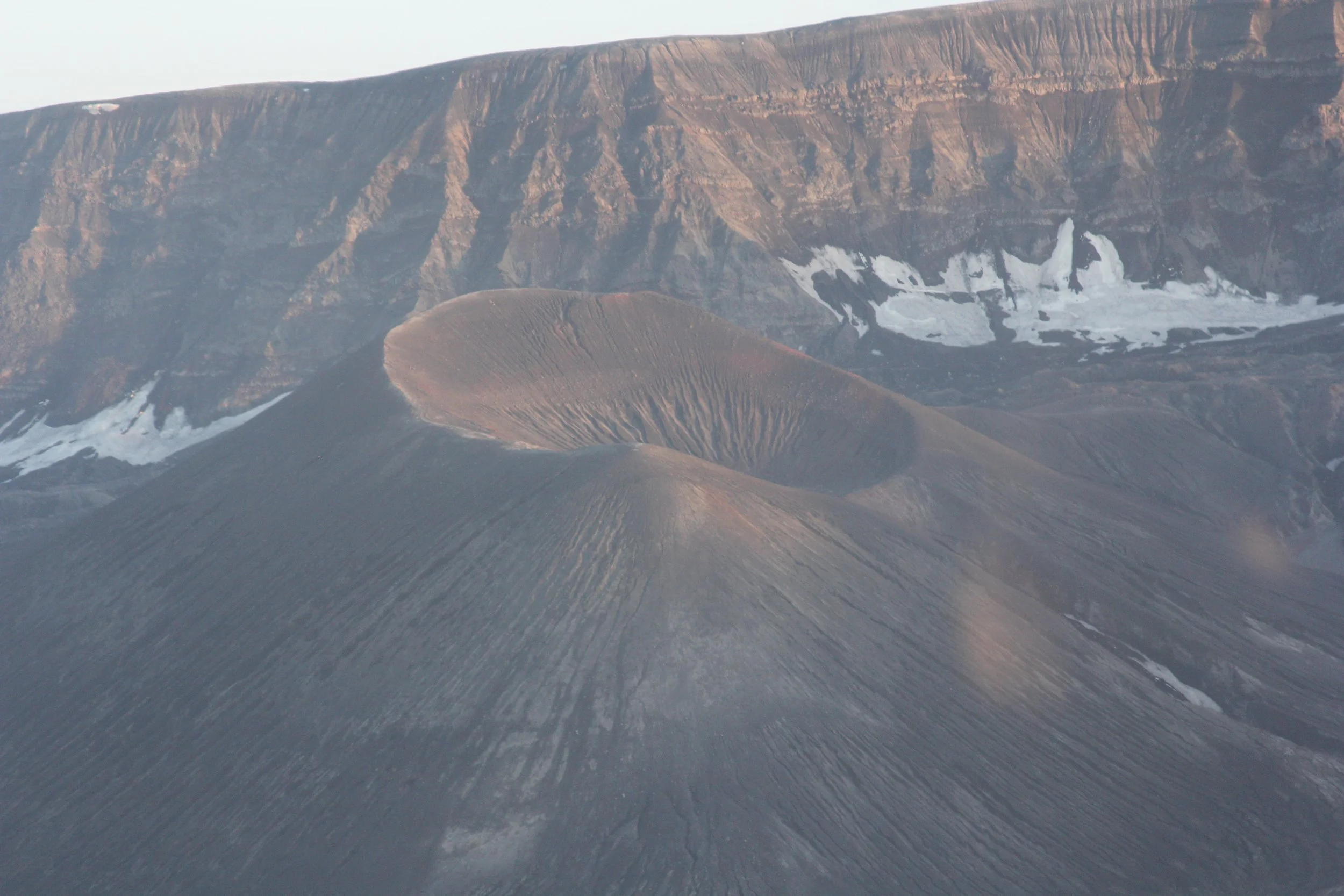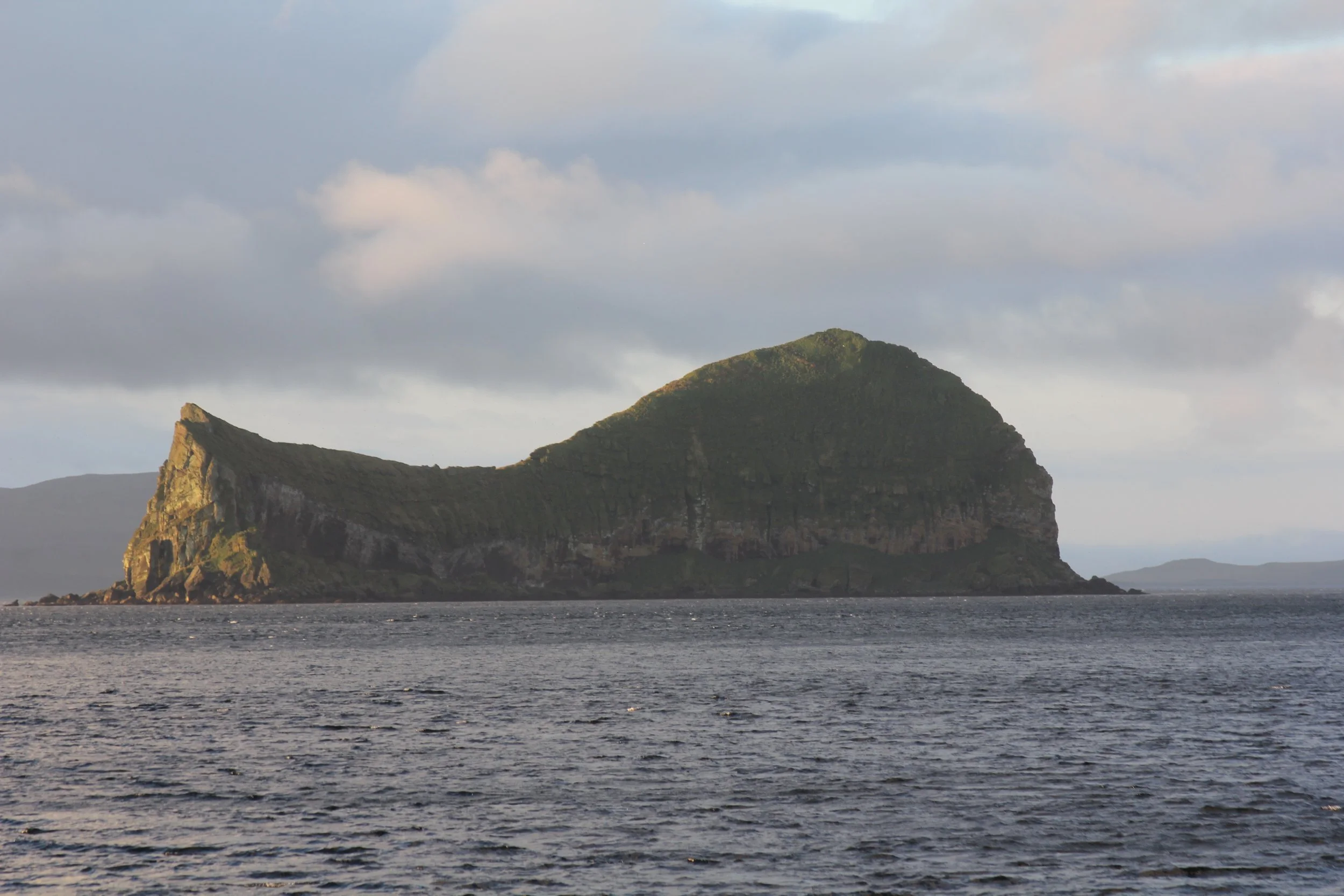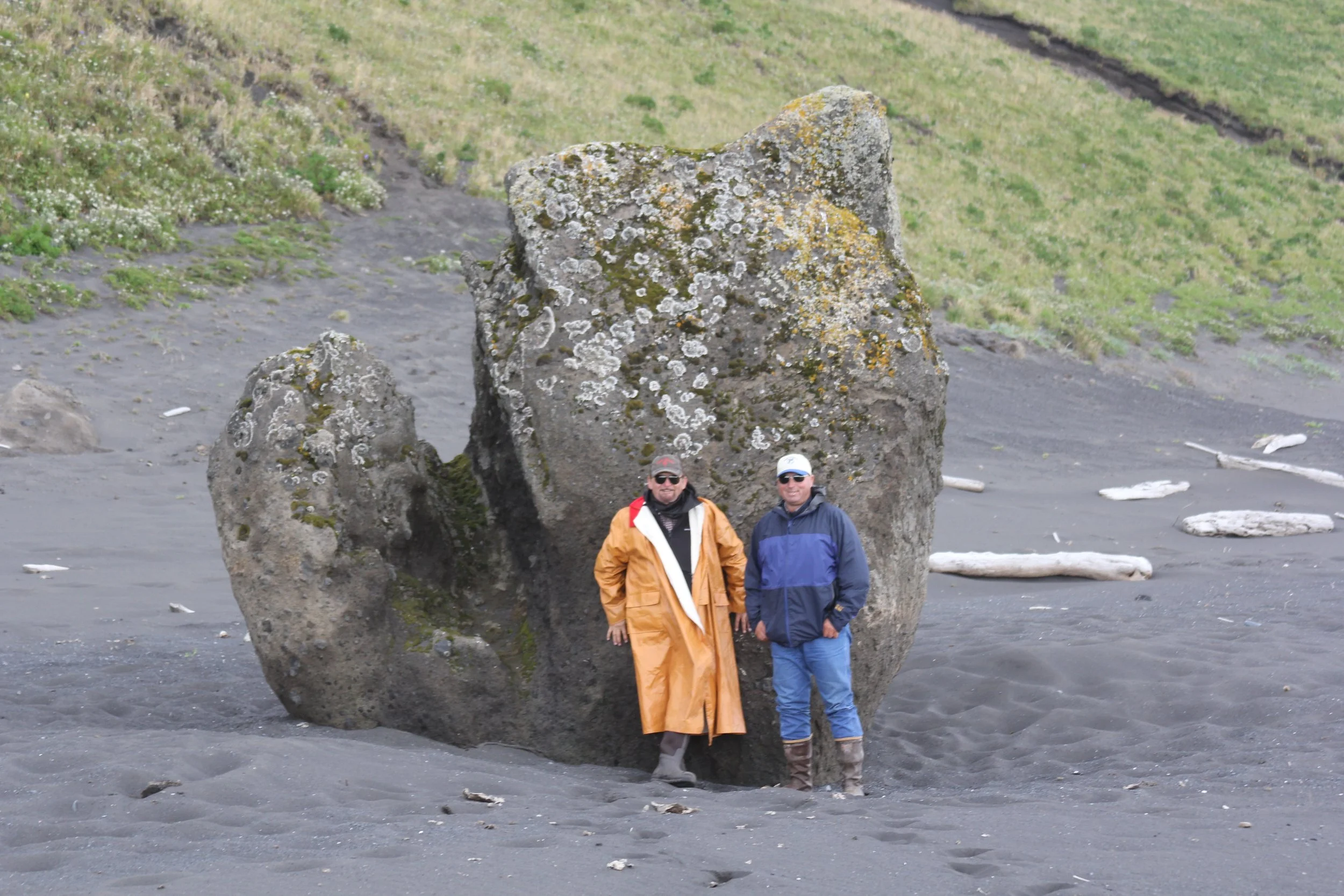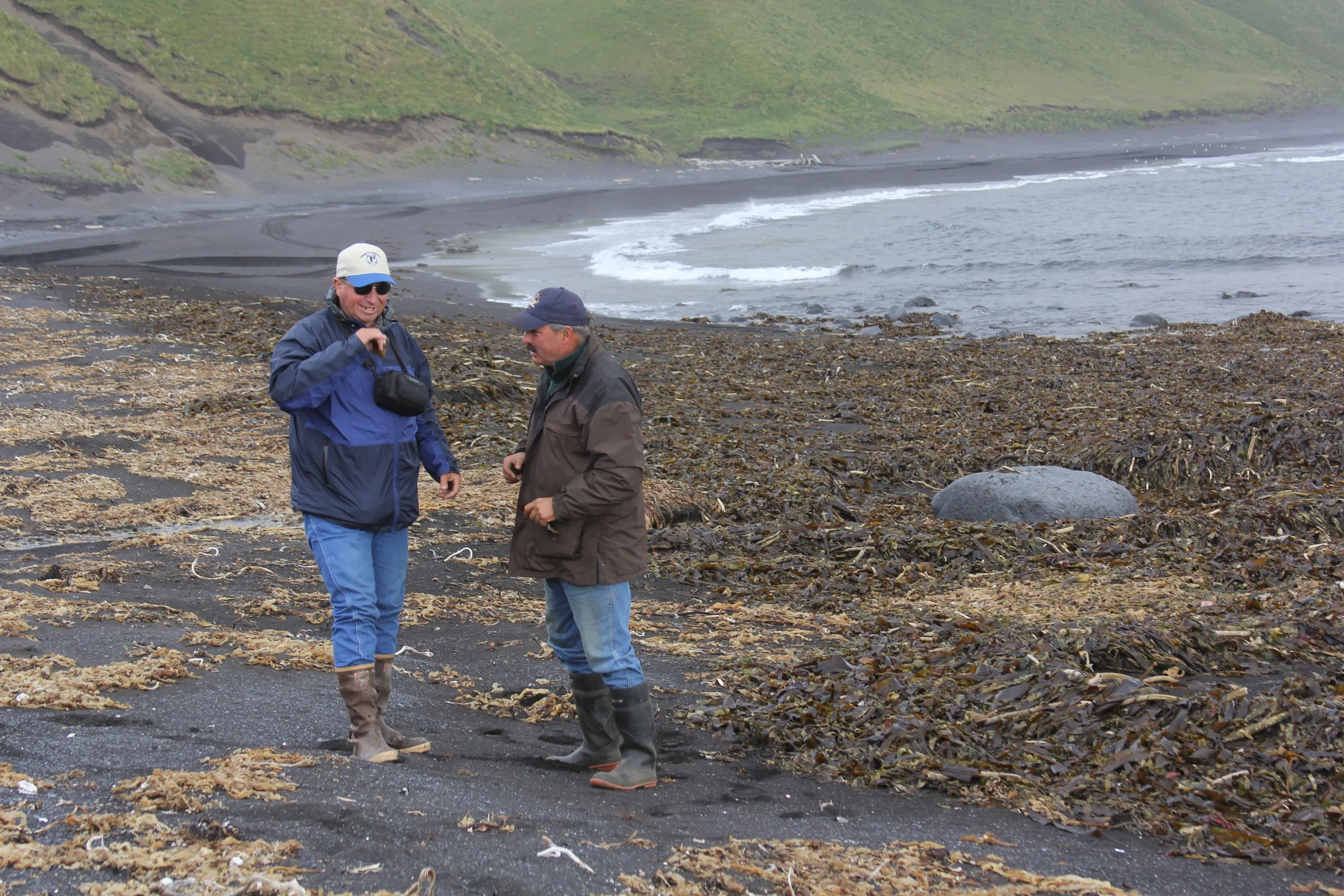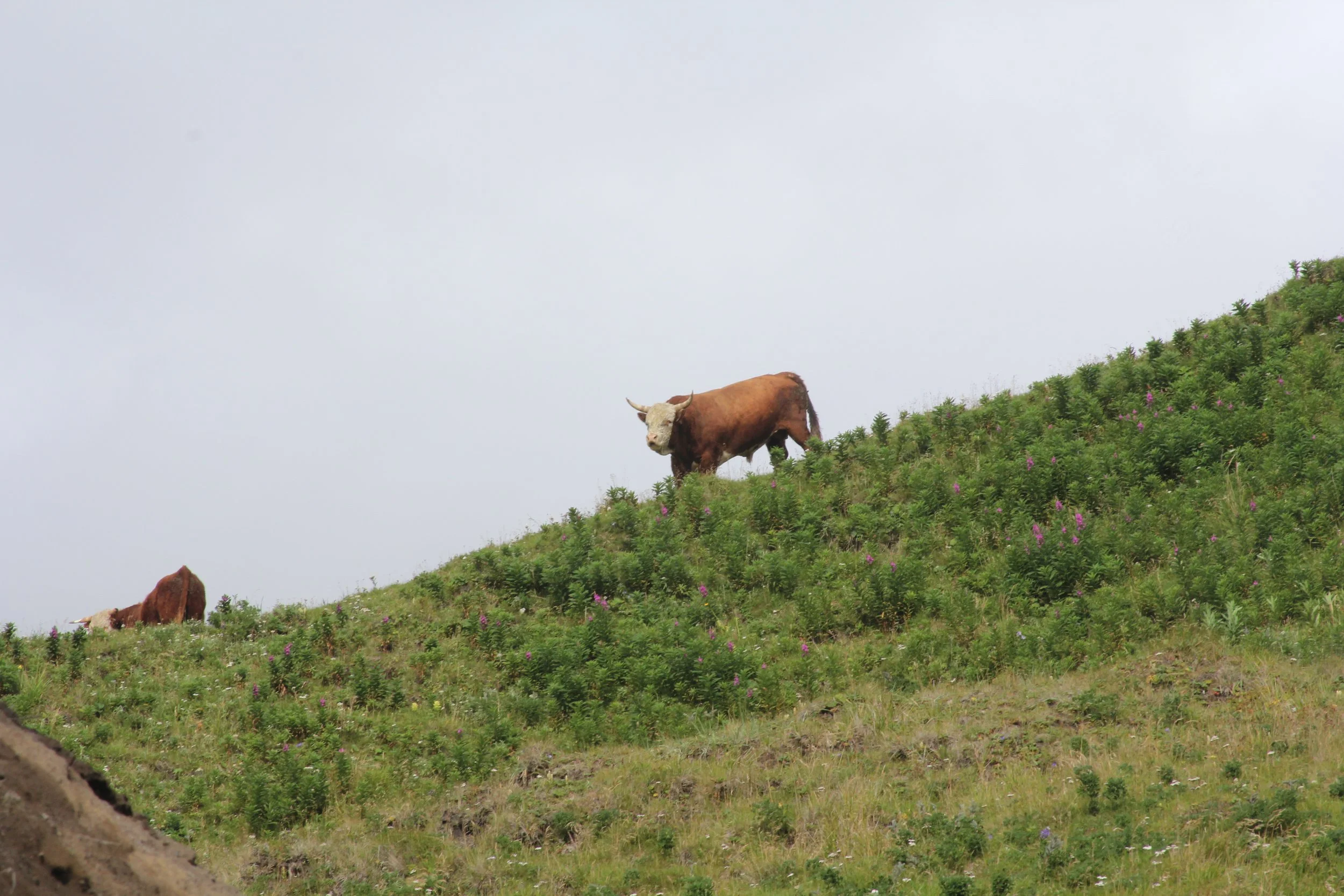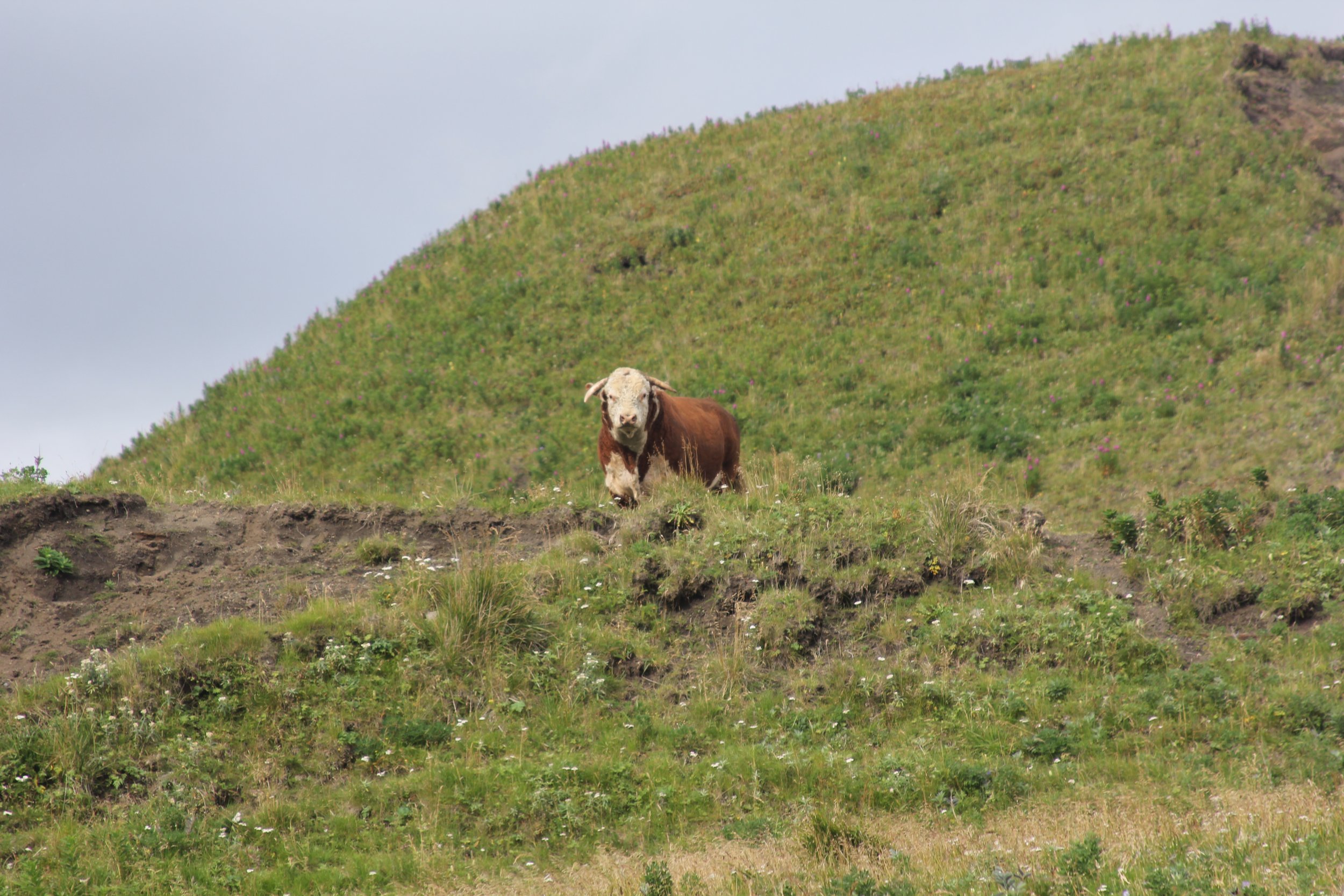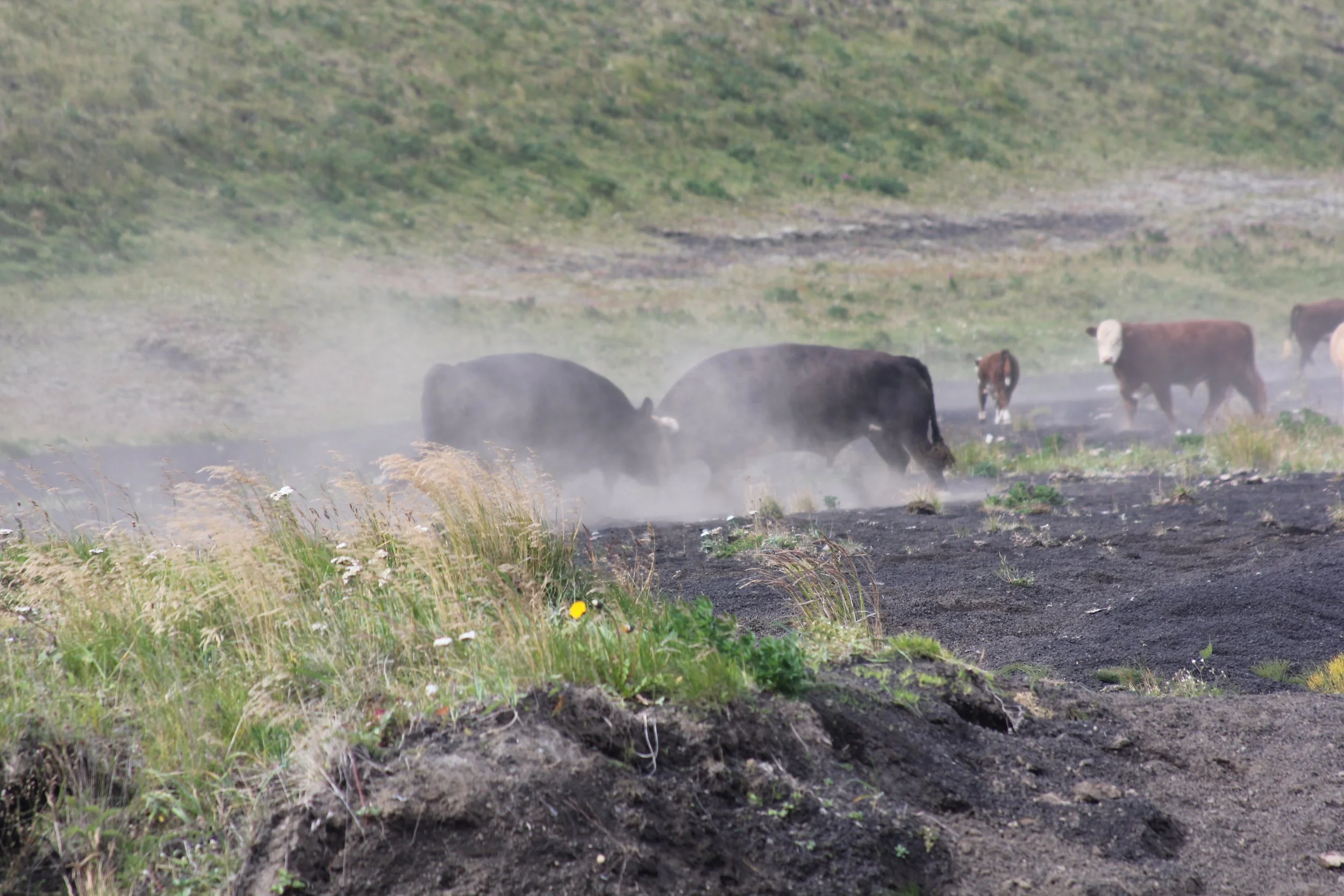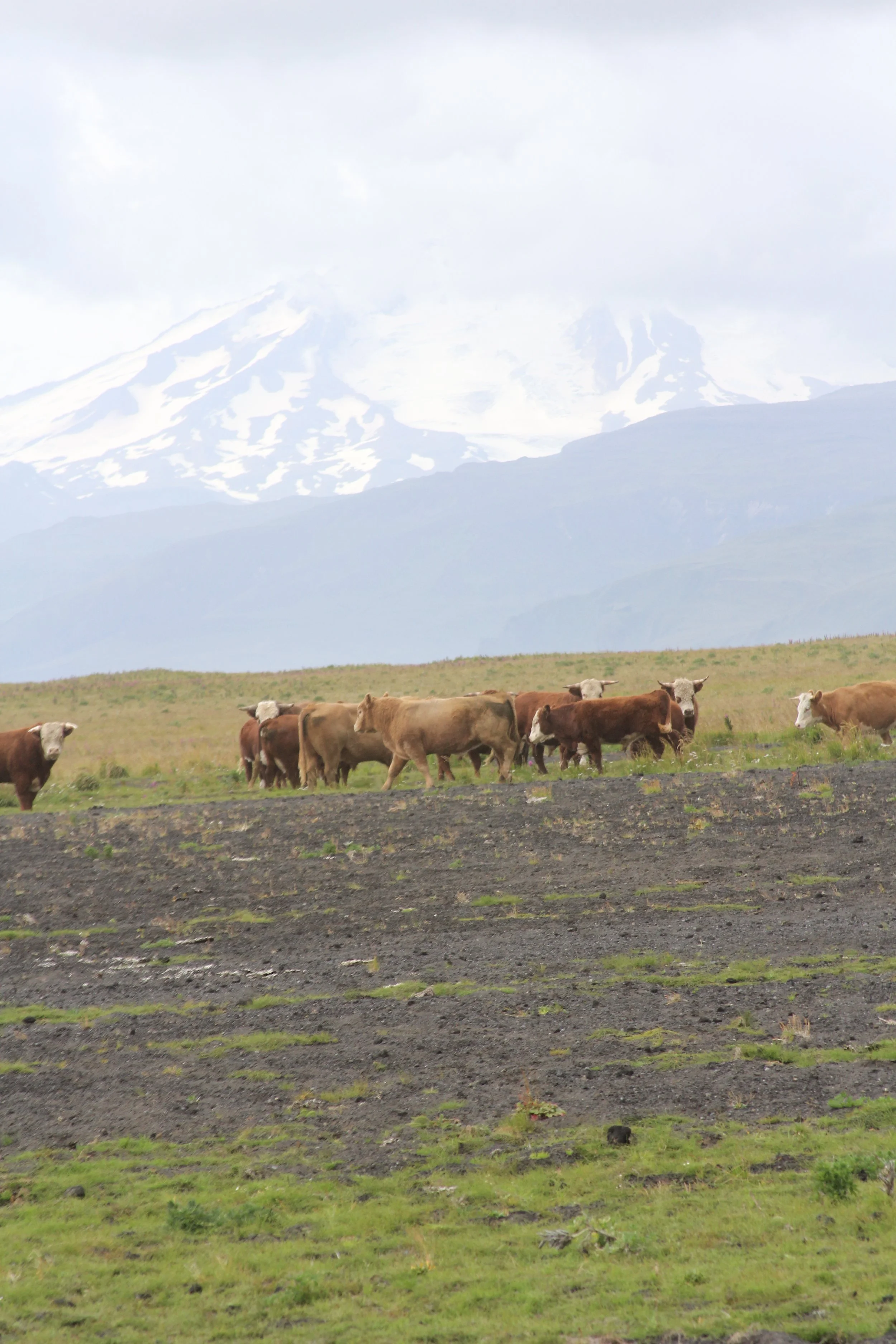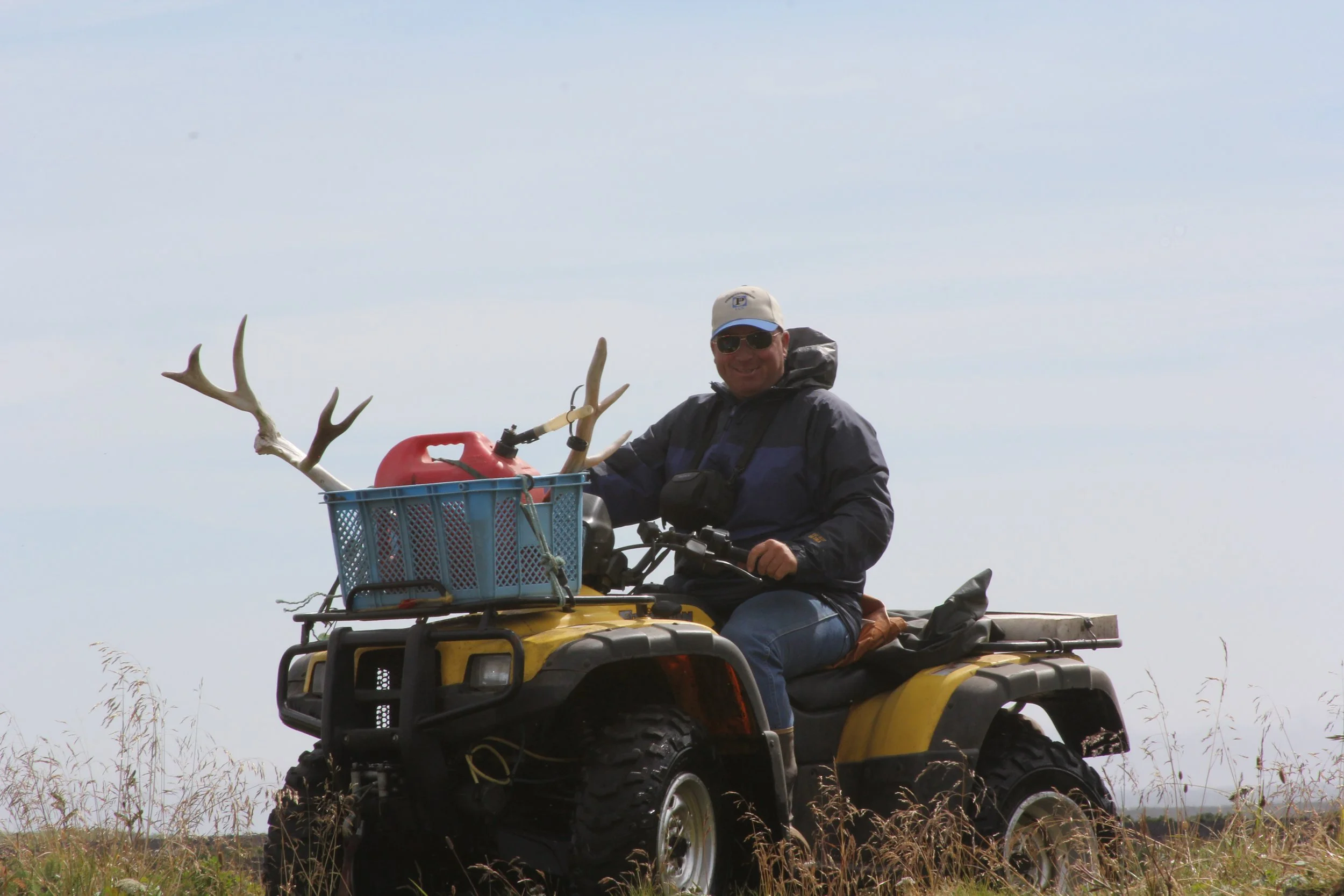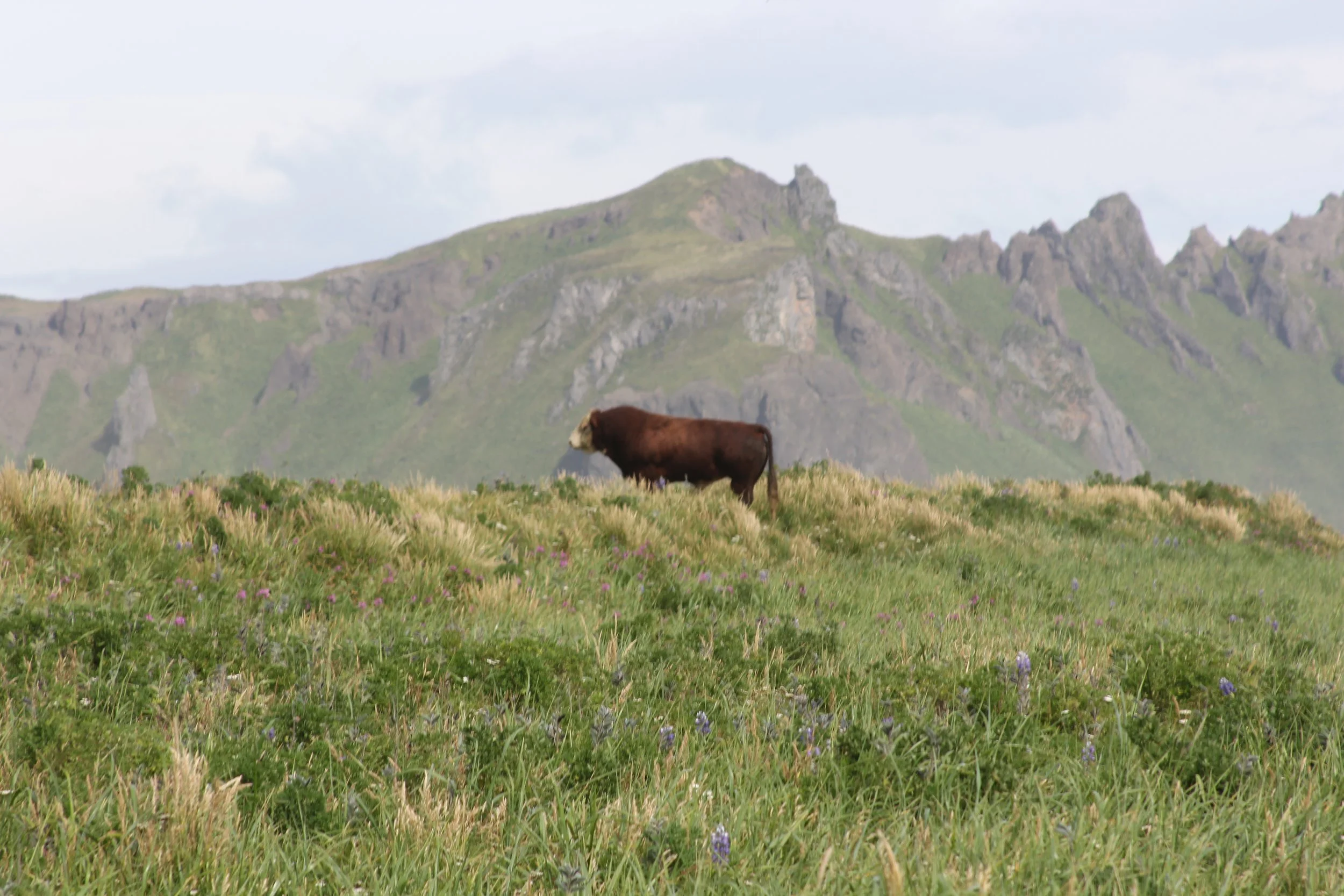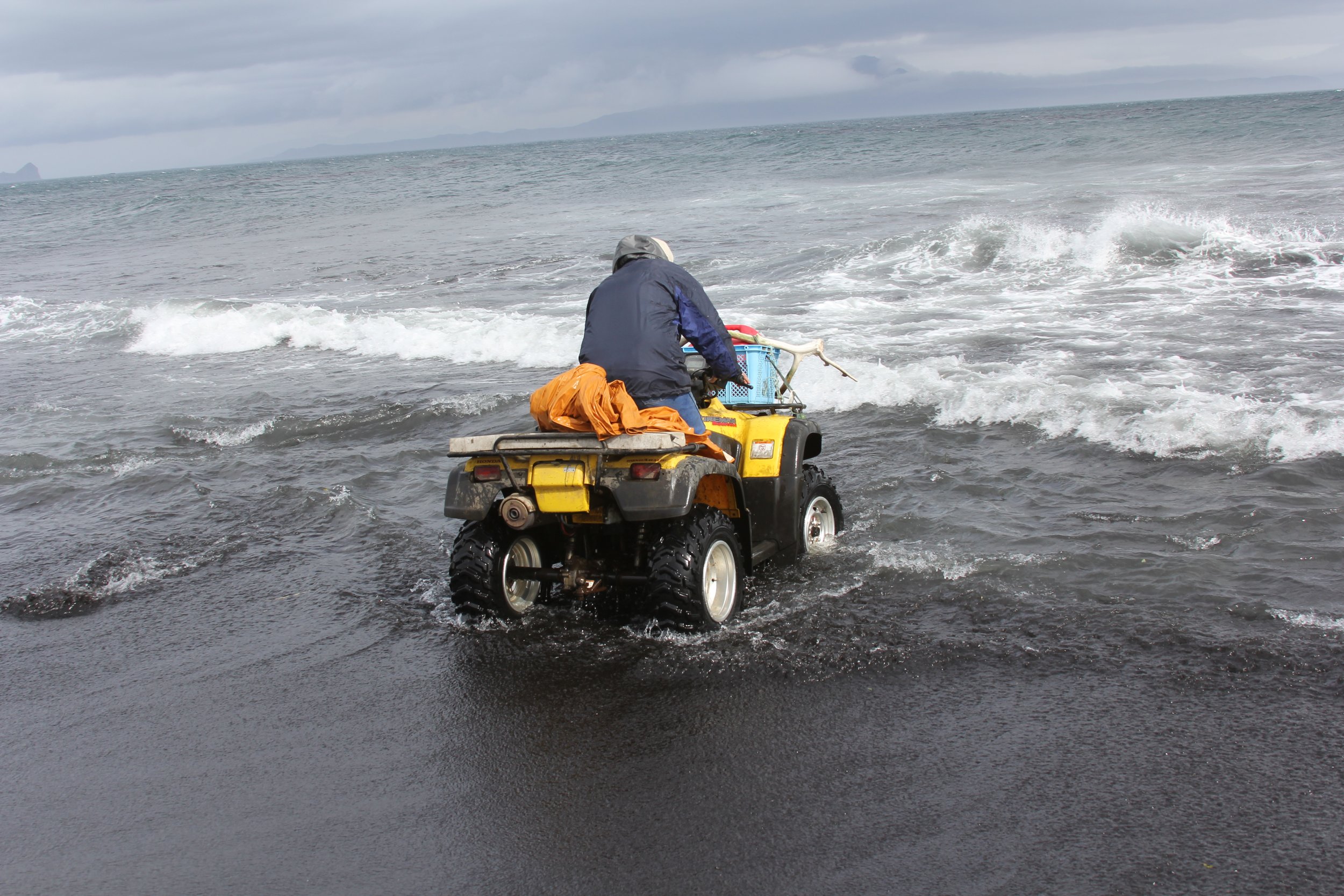
PHoto Gallery
Shipment of 2,400 head to Turkey in 2017
Arriving in Turkey this March will be 2,400 heifer calves from the Montana/North Dakota border area, coordinated by Howard Rambur of Rambur Charolais in Sidney, Montana. "The shipment of cattle started this summer when an exporter was driving the countryside in Virginia and saw a bunch of buckskin cows from one of our customers," Rambur says. "He pulled in, asked the guy what they were and where did you get them?"
The exporter works in the private sector and has taken numerous shipments of live U.S. cattle overseas. Traditionally, Holstein cattle are the ones shipped the most but this time it was different.
"Buckskins", explains Rambur, are Charolais and Red Angus cross calves. "Silvers" are Charolais and Angus cross calves. The shipment to Turkey consists of 700 buckskin calves and 900 silvers with the balance of the load Red Angus and Angus for a total of 2,400.
The exporter, Turkish businessmen and others involved with the cattle deal travelled to Montana three times to visit Rambur, see the cattle and discuss the arrangements. They definitely got the taste of Eastern Montana/Western North Dakota winter weather.
This was Rambur's first time coordinating an international shipment. He had been on trade missions to other countries before with the Department of Agriculture, but this one was done privately with the exporter with all the Logistics being done with each party.
Numerous tests, blood work, papers and various quarantine sites later, the cattle shipped in early February. They were expected to have a 21-30 day boat ride before arrival.
The cattle will disperse into different areas of Turkey and be used for breeding stock to help boost the country's meat industry in future years.
"Turkey is dealing with a great influx of refugees from neighboring Syria. Things have changed there and the Turks are trying to figure out how to feed the growing population," Rambur says.
The ship owned by Royal Atlantic Holdings, LLC. transported the calves to Turkey. He says he was surprised to learn from the Turkish group that their farms are modernized. "They have tractors, modern dairies and center pivots," Rambur says. "In addition to wanting a greater protein source the Turkish farmers are wanting to diversify. It was interesting discussing day-to-day lifestyles."
The Muslim faith also played into things, he explains. "Initially they wanted all bull calves. That's hard to do in our part of the country where everyone cuts and sells steer calves. Finally, we arranged for all intact females instead."
Rambur says there is potential to sell more cattle to Turkey in the future. "And to me that's a good thing. The less meat on the market later on here in the U.S. will help our markets," he says. "It's a win-win. They get the taste of American beef and we are able to market more cattle."
Rambur says the experience has been more than interesting and he looks forward to the year ahead when he gets feedback on the acceptance rate of the Charolais cross cattle.
"It's a win-win. They get the taste of American beef and we are able to market more cattle."
— Howard Rambur
Local Ranchers Look for Opportunities in the Aleutians
November 11, 2015 | Vol. 41 • No. 39 | View PDF By Dianne Swanson, The Roundup
It’s a rancher’s dream.
Over a million acres of land. Fresh water in abundance. Thousands of cattle belly deep in rich, lush grass. No predators, no disease.
Except….
The ranch is in the Aleutians, on Umnak Island, south of Dutch Harbor where storms are frequent and the only transportation is by small plane or helicopter. Howard Rambur, owner of Rambur Charolais and Ryan Obergfell representing Prewitt and Company visited Bering Pacific Ranches on Umnak Island in late August. They flew from Billings to Anchorage, to Dutch Harbor, then to the ranch in an old 1964 172 four seater.
What they found was a primitive operation based in Fort Glenn, a WW II air base rich in history, which housed 12,000+ troops and was abandoned many years ago. There were about a dozen people there, mostly young workers from all over the U.S. looking for a summer’s adventure in Alaska. The only communication is by satellite phone, there is no electricity, and no parts store or mechanic down the street to fix anything. All the workers will leave by November 10 every year.
A helicopter ride on the first day gave the men an overview of the huge ranch and its breathtaking terrain. Bordered by the Pacific Ocean on one side and the Bering Sea on the other, the island features majestic mountains, vast grasslands, abundant flowing water and an active volcano, which last erupted in 2008. “It’s the most productive piece of ground I’ve ever seen,” Obergfell said. They flew into the vast caldera on Mount Okmok, where extreme turbulence had them dropping a heart stopping 100 ft. and stopped Rambur’s attempts at videoing the experience. Herds of caribou, wild horses, and wild cattle could be seen from the air. The cattle are in groups of up to 80 animals and range freely all over the island.
On day two, the men continued their tour on ATVs. While the helicopter the day before could only get within about 200 yards of the cattle, Rambur was able to approach as close as 50 yards on foot. The cattle are wild, left after World War II with little or no management. There are just as many bulls as cows. A lot of the cows are packing two calves, this year’s calf and last year’s calf, if they haven’t left on their own. The herd is made up of 80% Hereford Horned and Polled the remaining balance being Charolais cross, due to an AI program they had in the 70s. They feature moderate frame and good muscle pattern. Bulls weigh in at 1,800-2,000#, cows in the 1,200# range. Rambur states, “Mother Nature has created the best EPD, over the years only the aggressive muscled bulls bred most of the cows. If they couldn’t calf, had any problems with bad eyes or udders, week feet/legs they didn’t produce offspring, over the years developing a strong athletic animal.”
The cattle are naturally organic, with no antibiotics, no hormones, no worms or lice, just natural grasses and water. In the winter, the cattle survive by eating the Kelp off the beaches. During tough winters, 20% of the cattle can perish due to high snow fall on the island but most of the time winters in eastern Montana have a lower temperature than in the Aleutians.
Marketing is what prompted Rambur and Obergfell to visit the ranch. Rambur is in contact with American Foods on a weekly basis, mostly about kill bulls. In one of their conversations, American Foods mentioned a call from someone wanting them to buy organic cattle from Alaska. The same week Rambur purchased a bull in Canada and mentioned the Alaska call. A gentleman at the table said it was his uncle who leases the ranch. The next morning Rambur got a call, and an invitation, from Pat Harvie.
Prewitt & Co. is interested in bringing natural feeder cattle to US feedlots.
The logistics are staggering as are problems with so many unknowns from helicopters, to barges, and adapting to different climates, with health a major issue. Currently facilities for holding and shipping the animals are lacking with the dock in disrepair. Cattle could be shipped by barge or by air without any regulatory issues as long as they are U.S. carriers and don’t have to stop in Canada. A barge would hold 1,300,000 lbs of cattle and take approximately seven days to come down the coast. Based on potential losses by sea, Rambur would consider shipping by air instead, since Fort Glenn has huge runways available from the war.
A trip of a life time to a place that very few people in the world know about, or have seen since World War II, may be repeated as both men plan to return, maybe as soon as next year, for more adventures, and to pursue opportunities with the quality animals on Umnak Island.
“Mother Nature has created the best EPD, over the years only the aggressive muscled bulls bred most of the cows. If they couldn’t calf, had any problems with bad eyes or udders, week feet/legs they didn’t produce offspring, over the years developing a strong athletic animal.”
— Howard Rambur
